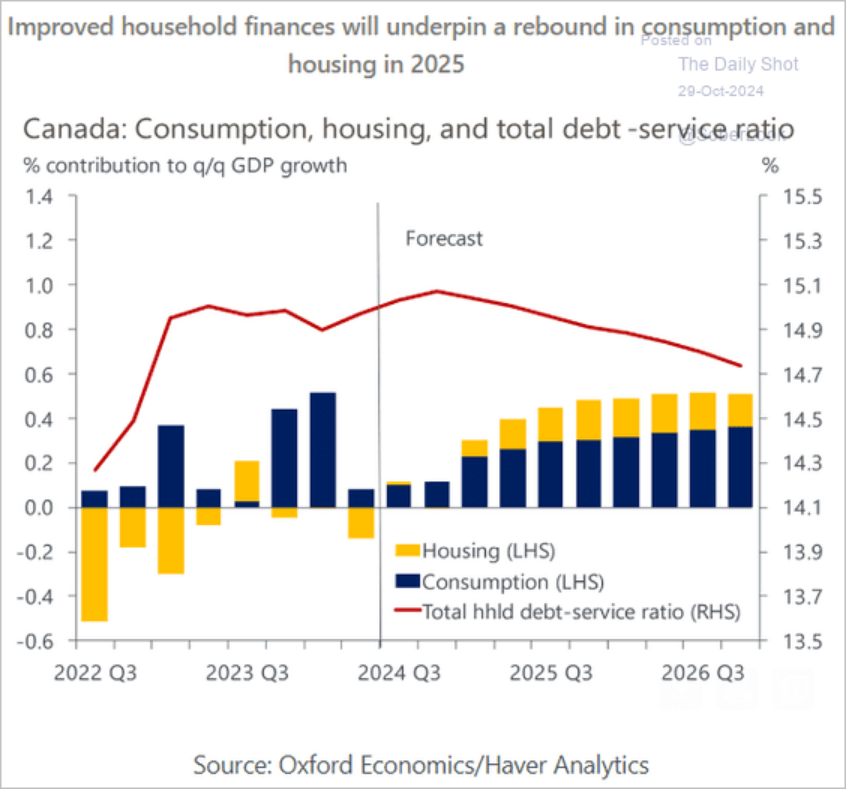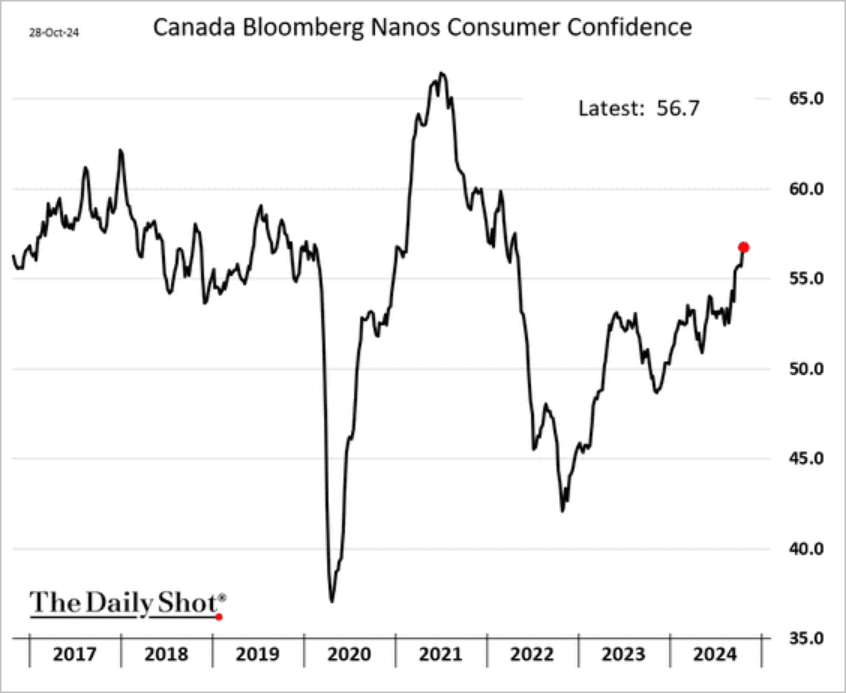October 29, 2024
High-Speed Rail?
There was a leak to the press that the Liberal government will announce a high-speed rail link between Toronto and Montreal/Quebec.
The "leak" was either planned or lucky timing. We always knew that high-speed rail was on the table. The original request for proposals (RFP) was amended to include costing out a high-speed rail option after significant pushback against the "high frequency rail". At the time, it was considered a sop to the critics who wondered why not at least look at the option instead of the weird "more frequent" trains.
While the results of the RFP have not been announced, the Liberal government has decided that announcing a high-speed rail option for the new VIA-HFR corporation is a good move.
Why? Just look at the timeline to see how this announcement might be somewhat suspect:
- Announcement before the RFP comes back, so you do not have to answer questions about costs.
- Announcement of the high-speed option before the RFP is out means you do not have to answer about the cost differences between regular and high-speed rail.
- 5 years development phase before a shovel likely hits the ground.
The government has been floating this meme for a couple weeks, announcing that the high speed rail option was being “seriously considered”.
The latest news is an upgrade of those rumours saying that they are definitely going to choose the high-speed option.
It is pretty clear that they have released this as part of the fall budget/statement announcements. If they release it before the RFP, it is an announcement that has no dollar figure attached to it, which is like announcing the purchase of new train sets for VIA Rail, not costed in the previous budget.
They cannot legally release all the information because the RFP process is not complete yet as they have not announced the winning consortium to build the new HFR (now HSR?) rail line.
Workers in VIA have the same concerns as they had before:
- Why has this been done through a separate company?
- Why is the process a P3 involving state-owned rail companies in Europe?
- How will workers at VIA be affected? Will they lose their jobs to this new company?
- Will the new/separate entity’s workers be covered by current collective agreements?
If it is high-speed rail, then one of those questions is answered: We do not have the expertise to build high-speed rail in Canada. However, none of the consortia have any experience building or implementing high-speed rail. They do include companies owned by public European rail companies. Those parent companies have built high-speed rail, but that knowledge is not so easily transferred to those subsidiaries which are mostly just predatory Public-Private Partnership platforms.
For Canada, the question is about where the rail, IP, train designs, train builds, maintenance contracts, and operations will be based. From the looks of the RFP, it is not going to be in Canada, and it is not going to be run by VIA Rail. This means that we will have an underfunded public rail company running the expensive and longer (semi-)statutory routes, and another underfunded private company running the high-speed rail.
In classic Liberal fashion, this is designed as a one-off in which a long-term, public, subsidized, private contract will keep us tethered to a public European rail company, forcing us to import all related products and services.
The alternative is too obvious. If we built it in Canada and allowed VIA Rail to purchase talent, Canada would retain some capacity to build High-Speed Rail in our unique climate and expand it to other parts of the country.
Election gimmicks continue to be the reason we cannot have nice things (like rail) in Canada.
Graphs on Canada's economic situation
Data released point to increasing consumer confidence. That confidence is related to the idea that inflation has come down, and the central bank will allow those consumers to borrow more.

